Top speed 220 km/h Wingspan 18 m | Length 7.2 m | |
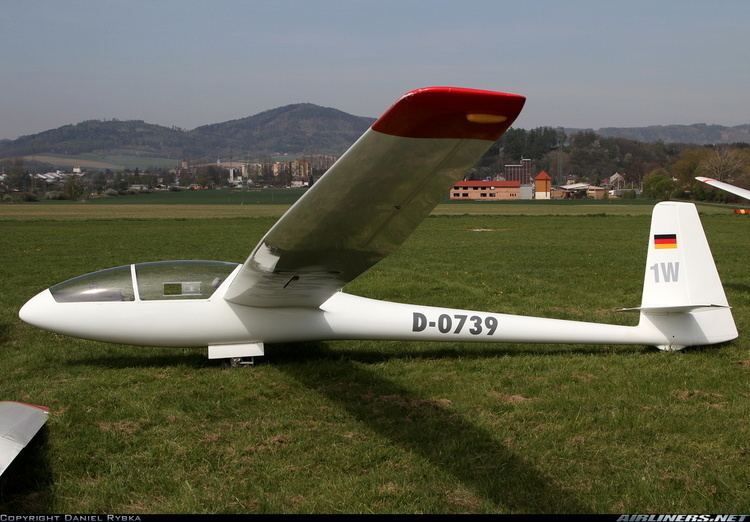 | ||
The Schempp-Hirth Cirrus is an Open Class glider built by Schempp-Hirth between 1967 and 1971 and by VTC until 1977.
Contents
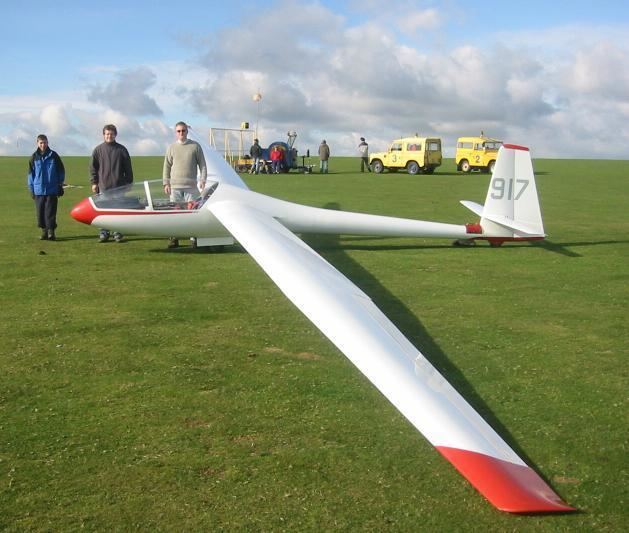
Development
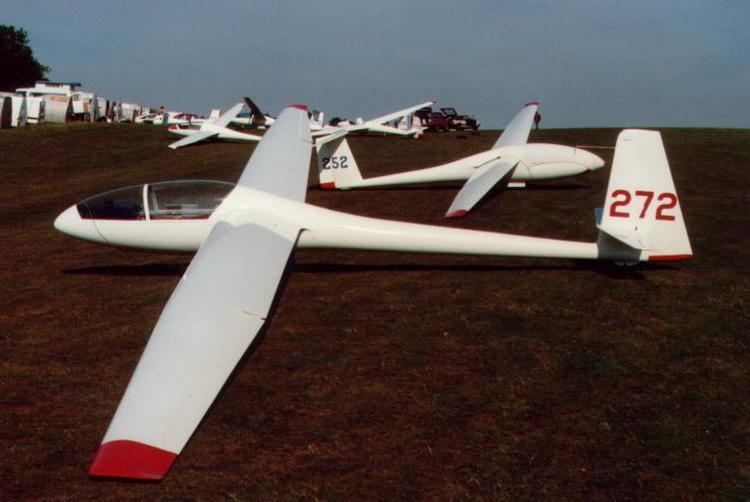
The Cirrus was designed by Dipl.-Ing. Klaus Holighaus and was the first glass-fibre glider to be built by Schempp-Hirth. The prototype flew in 1967 with a V-tail like the Austria. It won the German Open Class in 1967.
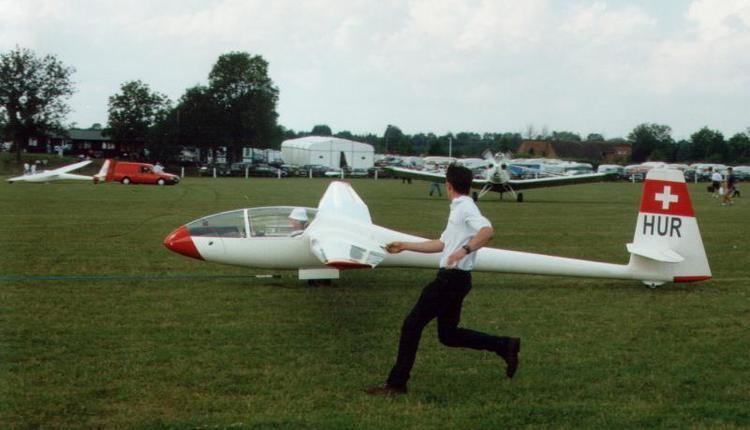
By 1971 107 had been built in Germany. Production was transferred to Vazduhoplovno Tehnicki Centar (VTC) at Vršac in Yugoslavia, who built an additional 63.
Haro Wodl won the 1968 World Gliding Championships in the open class with a Cirrus.
Design
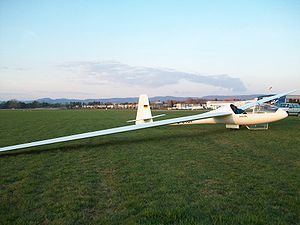
Although Holighaus had designed and built the ground-breaking D-36 together with Gerhard Waibel, Wolf Lemke and Walter Schneider, he followed a completely different design philosophy for the Cirrus, preferring a thicker airfoil and the use of PVC foam instead of balsa as a core material.
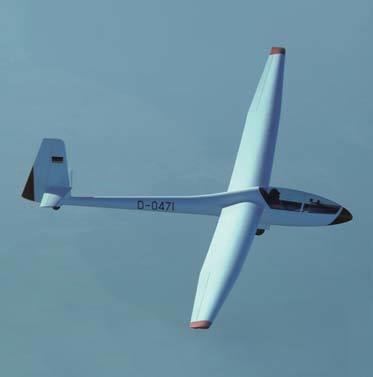
The resultant Cirrus has mid-set cantilever wings with a span of 17.74 metres, and a conventional low-set cruciform tailplane. It can carry water-ballast in the wings. There are no flaps. For glidepath control, there are effective top-and-bottom air brakes and a substantial drag chute built into the bottom of the rudder. The undercarriage is retractable.
Aerodynamics
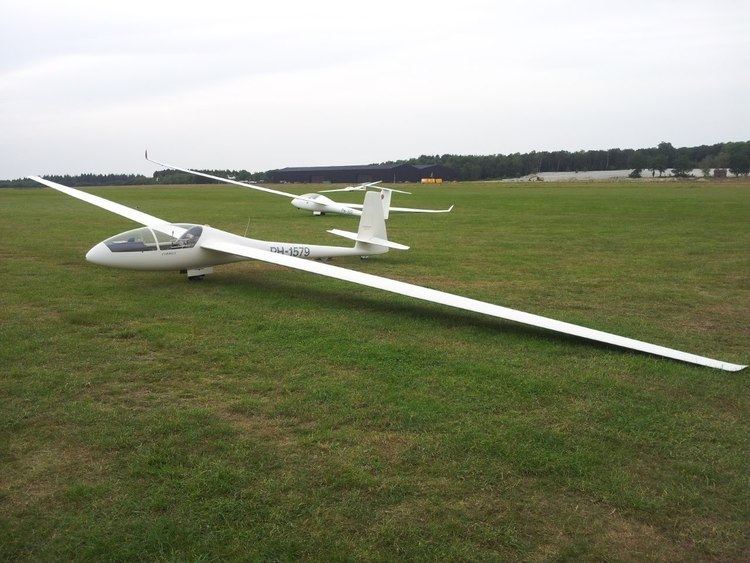
Holighaus chose a rather thick flapless Wortmann airfoil (FX 66-196/161) which had low drag (for the time) and very gentle stall characteristics. The span and profile are optimised for the weaker gliding weather of central Europe. The result is excellent thermalling characteristics and a high glide ratio (for 1967).
Construction
All-fiberglass glider, with foam core sandwiches for the wing skins and fuselage bulkheads. Internal tubular-steel frame interconnects the wings, cockpit and landing gear, carrying the flight and landing stresses. This steel frame is bolted to the fiberglass shell.
The Cirrus was built in female moulds, an innovation that became the standard method for all manufacturers.
Variants
Developments
Specifications
General characteristics
Performance
